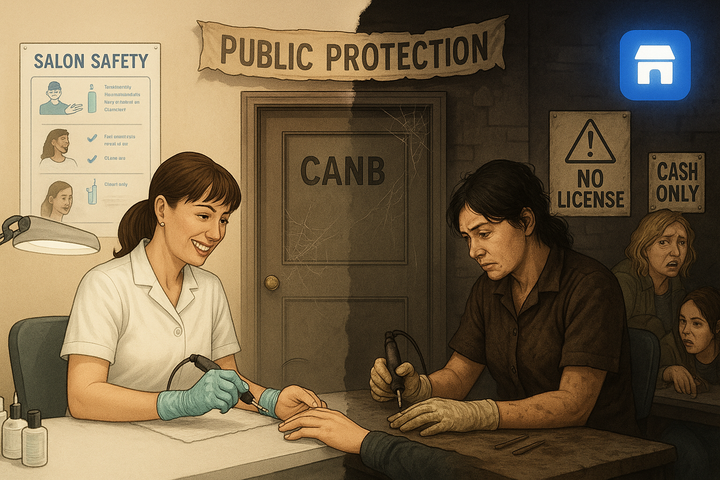The Shield Behind the Abuser
The BBB claims neutrality, but my case shows otherwise. Sedgwick gave a half-answer, BBB stamped it “resolved,” and consumers are left unprotected. When watchdogs depend on business fees, neutrality ends where the money begins. This isn’t oversight—it’s credibility laundering.
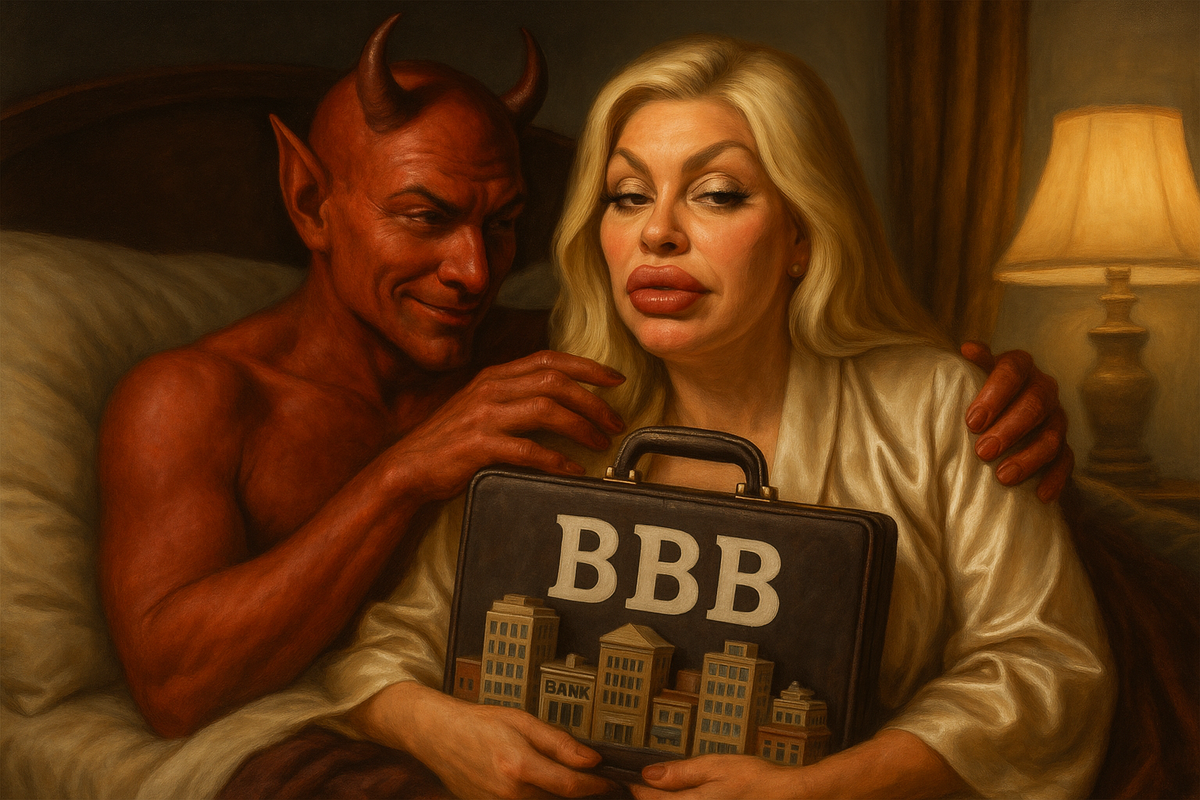
Systemic Abuse Series – Part 5
The Better Business Bureau once claimed to be a defender of consumers. My experience — and what I’ve uncovered — suggests otherwise.
My Complaint
I filed a detailed complaint with the BBB of Central Ontario after Sedgwick’s gross mishandling of my liability claim with Amazon. Here’s what I documented in good faith:

The Business Response
Sedgwick’s “response” was incomplete — literally. It ended mid-sentence. No resolution. No substance. Just a bureaucratic shoulder shrug: “We’re not an insurance company. We followed the rules.”

After a serious mishandling of a liability claim involving Amazon and their handler, Sedgwick CMS, I filed a detailed complaint with the BBB of Central Ontario. Sedgwick’s “response” was incomplete — literally. It ended mid-sentence. No resolution. No substance. Just a bureaucratic shoulder shrug: “We’re not an insurance company. We followed the rules.”
That wasn’t a response. That was a refusal.
The BBB’s Stamp
And this is what the BBB did with that non-answer: they stamped it as “answered.” Case closed.
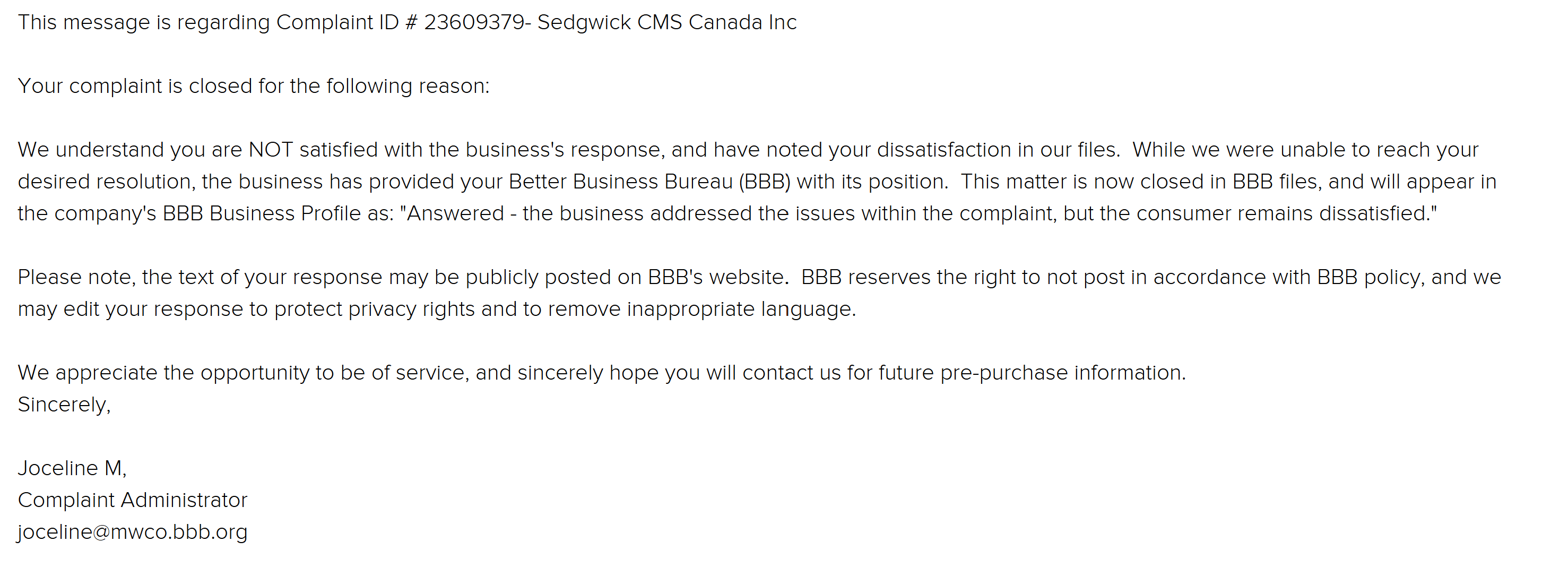
So here's my question:
How can an incomplete, evasive non-response qualify as “answered”?
Was anyone at the BBB even reading? Or were they just rubber-stamping? And more importantly: why?
The Structural Problem
Because the optics are damning.
The BBB takes fees from businesses to be “accredited.” They rate those same businesses. Then they get to decide — internally and without independent oversight — whether a consumer’s complaint has been fairly addressed.
That is a structural conflict of interest.
And when you look at how many businesses with long complaint histories still have A+ ratings, it’s hard not to ask:
Is this consumer protection, or is it reputation management sold as legitimacy?
Sedgwick’s conduct — failing to engage, mishandling documentation, and then retaliating by closing my file — is unacceptable. But what’s worse is a so-called watchdog giving them cover. In any functioning system, Sedgwick’s evasive reply would’ve triggered deeper scrutiny. Instead, they got a red carpet.
This isn’t just about my case anymore. It’s about a system that pretends to protect the public — but in practice, protects the people who pay to be protected.
The Pattern (Consumers)
And that brings me to Angela Dennis, the CEO of BBB Central Ontario, who was recently featured as one of six Canadian women CEOs “making business communities stronger.”
But stronger for whom?
What I see is a BBB office that has consistently dismissed consumer complaints, refused to challenge non-responses, and rubber-stamped cases that should have raised alarms. In contrast, when I filed a similar complaint with BBB San Francisco, I was treated with fairness, transparency, and respect. That difference is not just regional — it’s ideological.
There is a pattern here.
It’s not just my story. And the reviews from others tell the same story — consumers ignored, businesses protected, and leadership rubber-stamping and accountability avoided.
🔹 “Instead of holding the business accountable, the BBB has allowed it to continue misrepresenting purchases and ignored serious red flags… Angela, as Michelle’s superior, was no better, simply rubber-stamping Michelle’s biased actions and further proving the BBB's lack of commitment to fairness.”
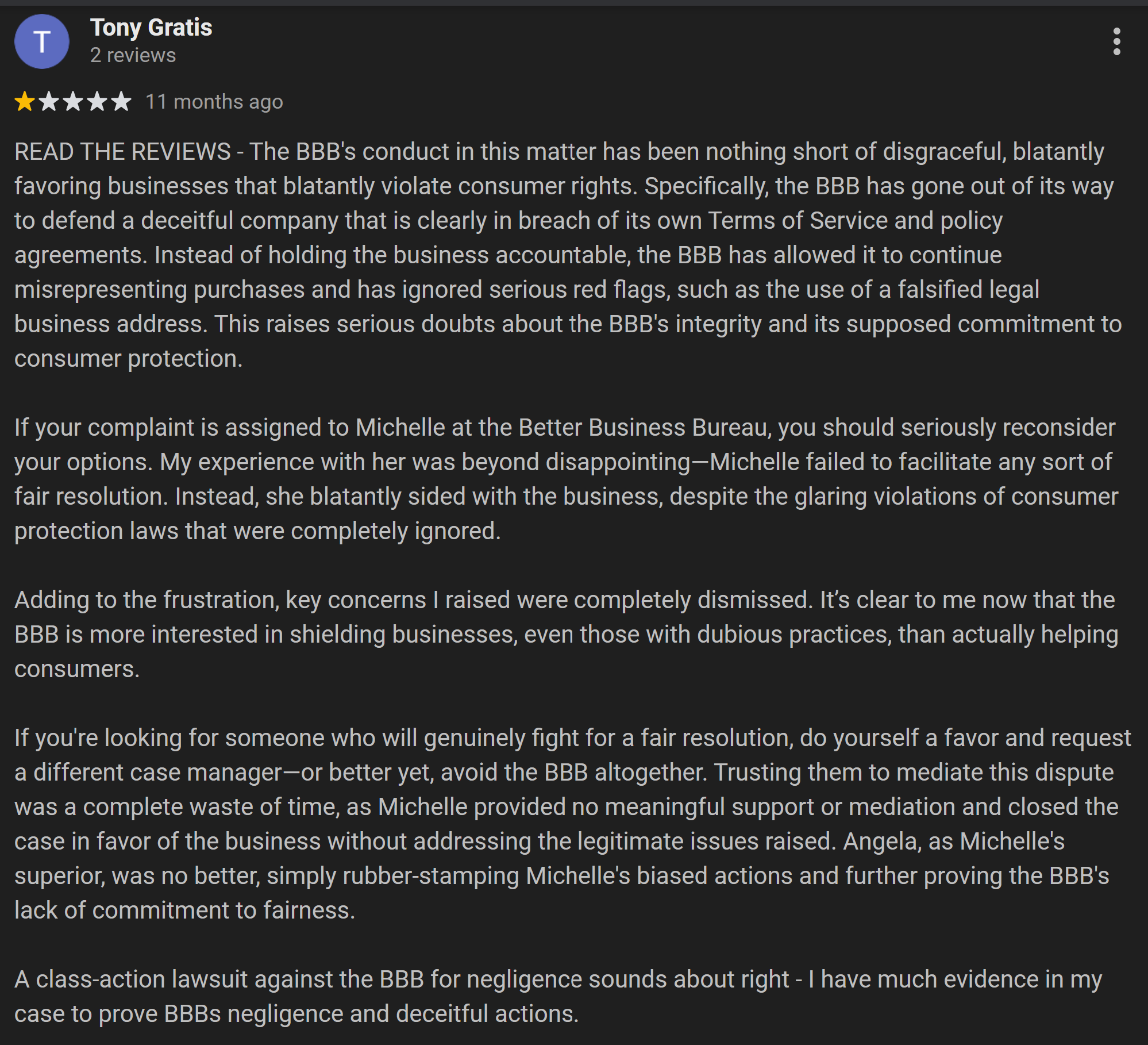
And yet, under Angela Dennis’s leadership — nearly three decades in the same office — the BBB Central Ontario continues to operate like this. The reviews describe exactly what I lived: dismissal, stonewalling, and credibility for sale.
🔹 “In the end I received this: ‘The business addressed the issues within the complaint, but the consumer remains dissatisfied.’ Somehow my complaint and all the details are missing, and the business retains an A+ rating. BBB — what is the price for burying complaints?”
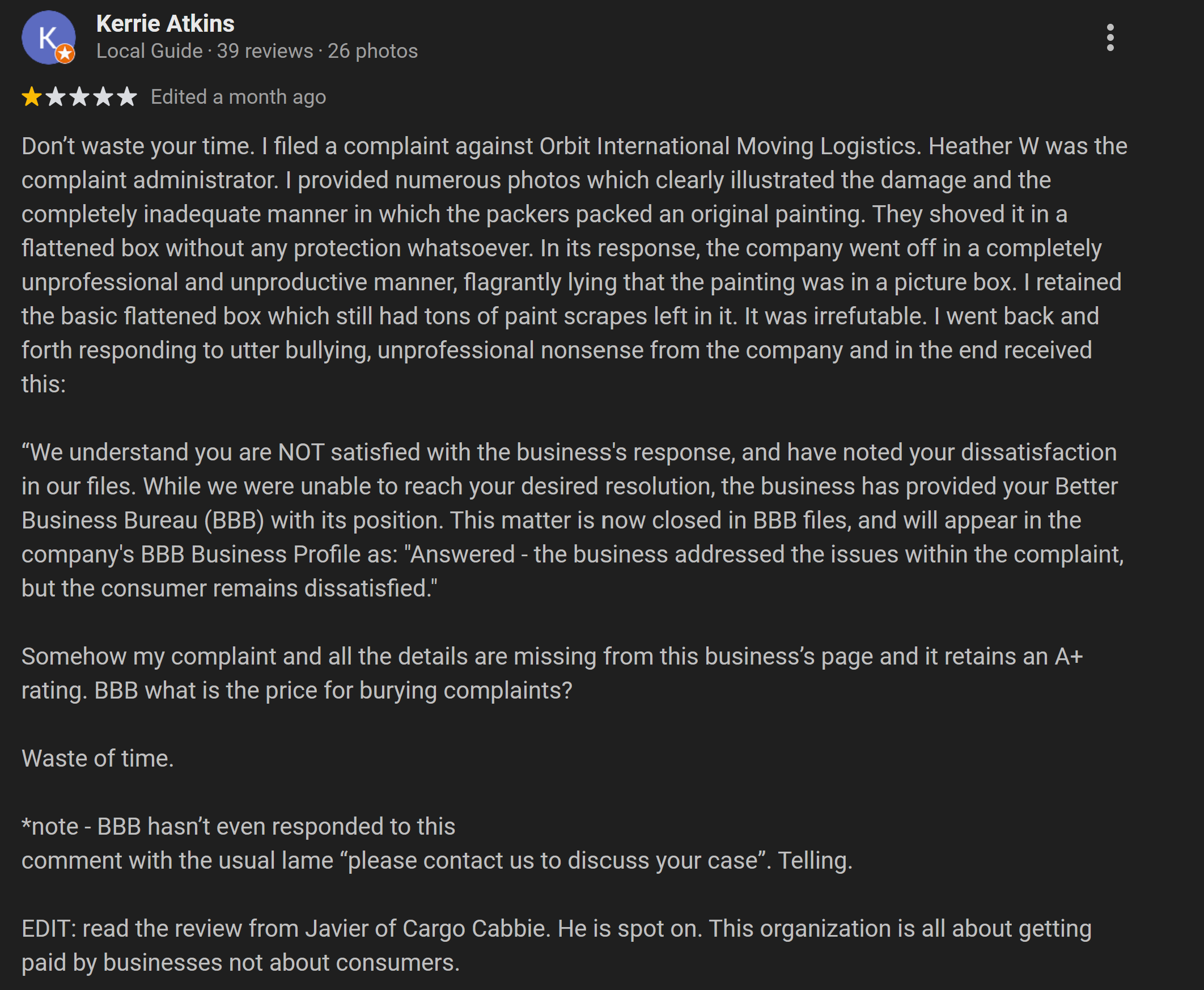
🔹 “I filed a complaint against a business, the bureau then closed the case without allowing me to respond. It’s obvious the bureau is only there to allow the business to respond to a complaint and then close it if it seems satisfactory — even if the response was a lie.”
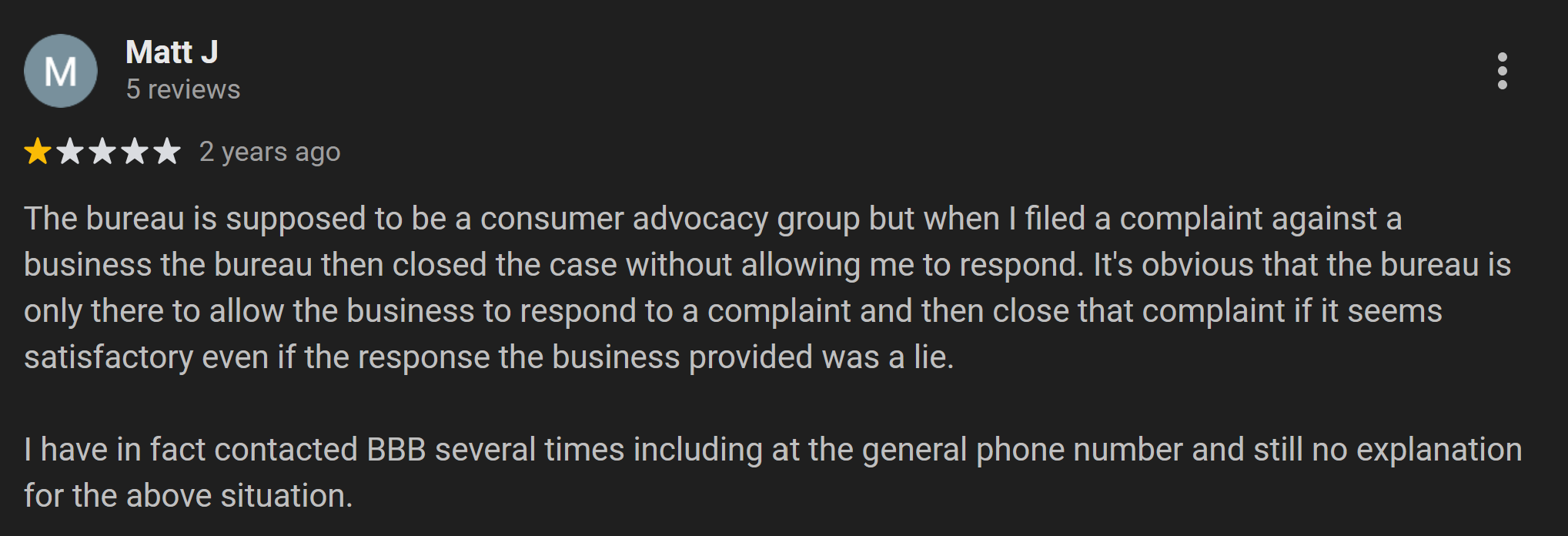
🔹 “BBB is not worth a shit. They are not objective, they do not follow up and they intentionally drop reviews and complaints for businesses. Useless organization.” — Reddit user

🔹 “I went through BBB against a Fortune 500 company. They closed my response saying the company made a good faith effort, when it wasn’t resolved at all.” — Reddit user

🔹 “Everyone business with BBB starts with an A+. I now avoid businesses that advertise with BBB.” — Reddit user

These are not outliers. They mirror what I lived through — proof that this system doesn’t protect consumers. It protects reputations.
- Repeated business protection.
- Systematic silencing of vulnerable consumers.
- And an internal structure that is opaque, self-policing, and incentivized to side with members.
That is not a public service. That is credibility laundering — and it is happening under the banner of “consumer advocacy.”
The Other Side – Businesses
And it’s not only consumers left unprotected. Businesses themselves describe the BBB as a pay-to-play racket. Some have been told to pay thousands to make reviews disappear. Others report threats of bad ratings if they refuse to “join.”
🔹 “The BBB rakes in money by threatening businesses with bad ratings unless they pay $10,000 for accreditation. It’s basically extortion.”

🔹 “Fake names, fake complaints, then they call to offer ‘help.’ Scam organization.”

🔹 “The BBB is not a neutral party — it’s an advertising agency disguised as consumer protection.”
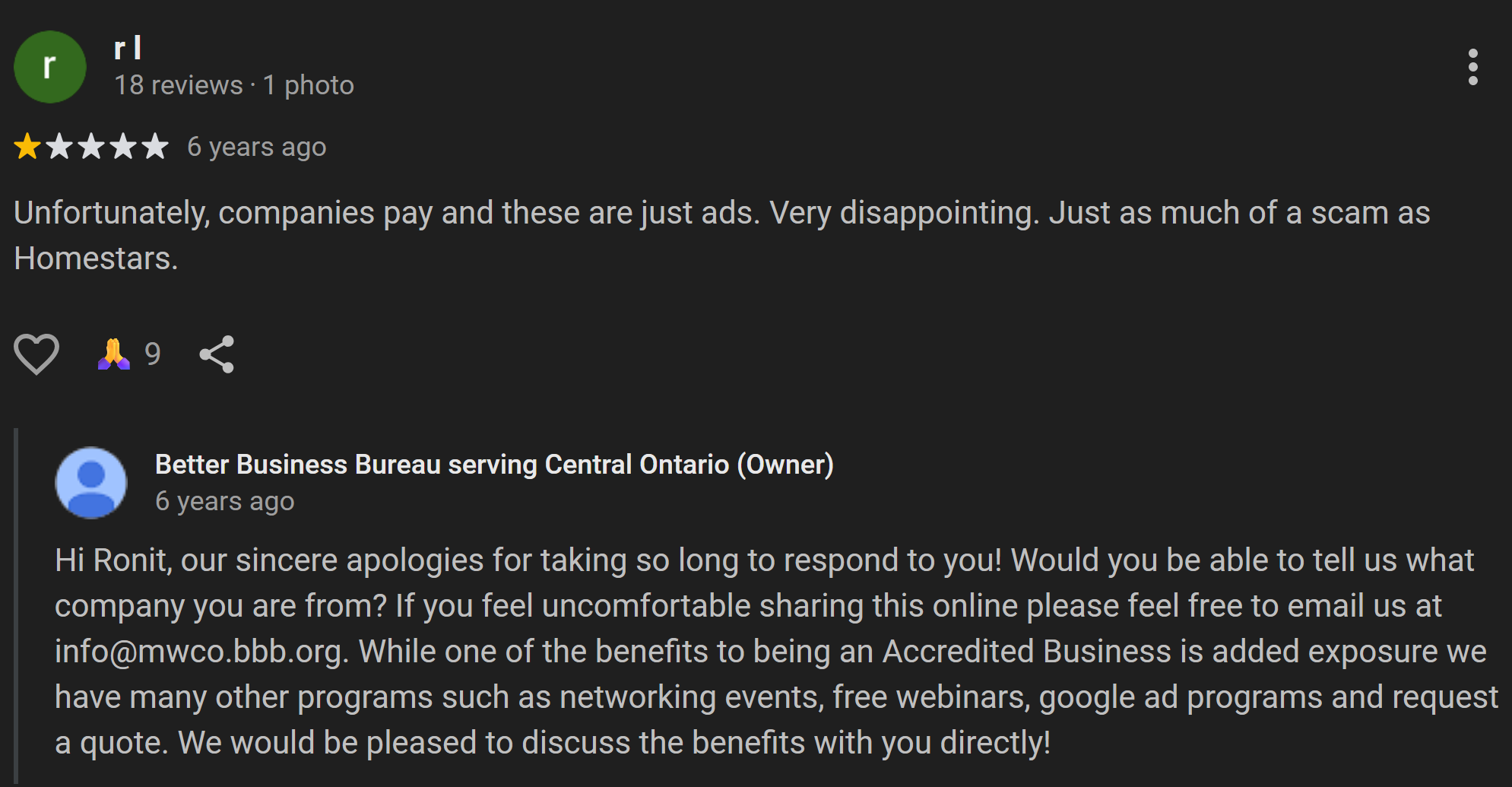
Not Just My Case - The Core Conflict
When I pressed BBB Central Ontario further, I received this reply from Fiona Dunbar, their Director of Consumer Services:
“Please note that it is beyond the scope of BBB to pursue complaints regarding the competency of insurance companies or decisions made during a claims process… As this complaint is beyond BBB's purview, we regret to inform you that BBB will not be reporting this matter or pursuing it further.”
Exhibit: The Bureaucratic Shrug
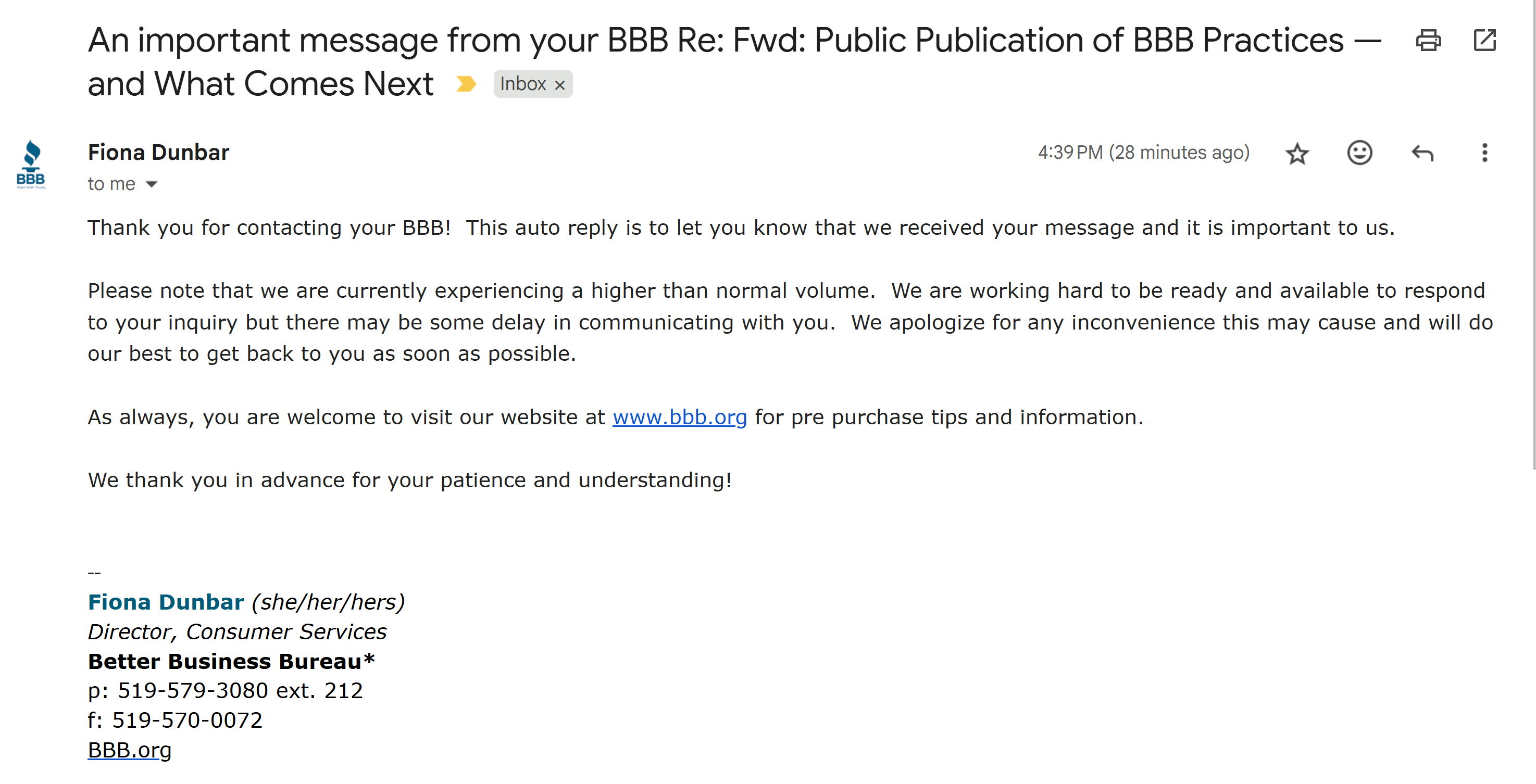
When pressed, the BBB doubled down with a boilerplate refusal — confirming my point that this organization serves no real purpose.
And here’s another piece of the pattern: BBB presents itself as a consumer review site, but the public’s voices are filtered.
Many reviewers describe how their submissions were redacted or never published at all. I experienced the same — my detailed complaint was reduced to a file note stamped “answered” while the actual evidence was hidden from view.
🔹 “They heavily redact or don’t publish reviews at all. How can this be a transparent consumer site if the public is being silenced?” — Google review
🔹 “I left a detailed review, but it was removed. Clearly, they don’t want the truth about how they operate to be visible.” — Google review
🔹 “The BBB claims to be a place for consumers, but they censor reviews while keeping A+ ratings for businesses that pay. It’s dishonest.” — Google review
A review site that silences reviews is not a public service. It’s a reputation management platform with a nonprofit mask.
This clearly isn’t consumer protection. This is procedural deflection. At best, it shows that the BBB isn’t fit for purpose. At worst, it shows exactly what the evidence already suggests: an organization designed not to resolve disputes, but to make them disappear.
So let’s be clear:
- If the best outcome the BBB can offer is a referral elsewhere, why does it exist at all?
- Why does it hold itself out as an authority — while taking money from the very businesses it supposedly monitors?
- And why does the public still treat it as a trusted source, when its own responses confirm otherwise?
At the best of outcomes, this organization should not exist in its current form.
The BBB’s role in enabling harm must be investigated by regulators and public accountability bodies. If this system is working as designed, then the design itself is corrupt. If it’s broken, then those in charge have failed. Either way, the public deserves transparency.
And let’s be clear — I will not stop until these questions are answered:
- How many complaints have been closed as “answered” with no substantive response?
- How many accredited businesses have unresolved complaints?
- What percentage of BBB revenue comes from member businesses?
- What independent oversight exists for BBB ratings and complaint closures?
I have published my full timeline, documentation, and correspondence in the public interest. Because when institutions fail, the public has no choice but to step in and expose them.
This is bigger than one complaint. It is about a system designed to keep the powerful comfortable and the public quiet.
And that silence ends now.
Missed a chapter? Read more from Systemic Failure series:
This story is bigger than one post. Catch up, revisit, or rage-read
📌 Chapter 1: How Amazon and Sedgwick Gaslit Me After a Fire
📌 Chapter 2: “Caring Counts” — Until You Need It
📌 Chapter 3: When 'Fuck You' Should Be Used – Without Apology
📌 Chapter 4: When Trust Becomes a Liability
📌 Chapter 5: BBB - The Shield Behind the Abuser
Still with me? Good. Let’s burn it all down and build something better.


